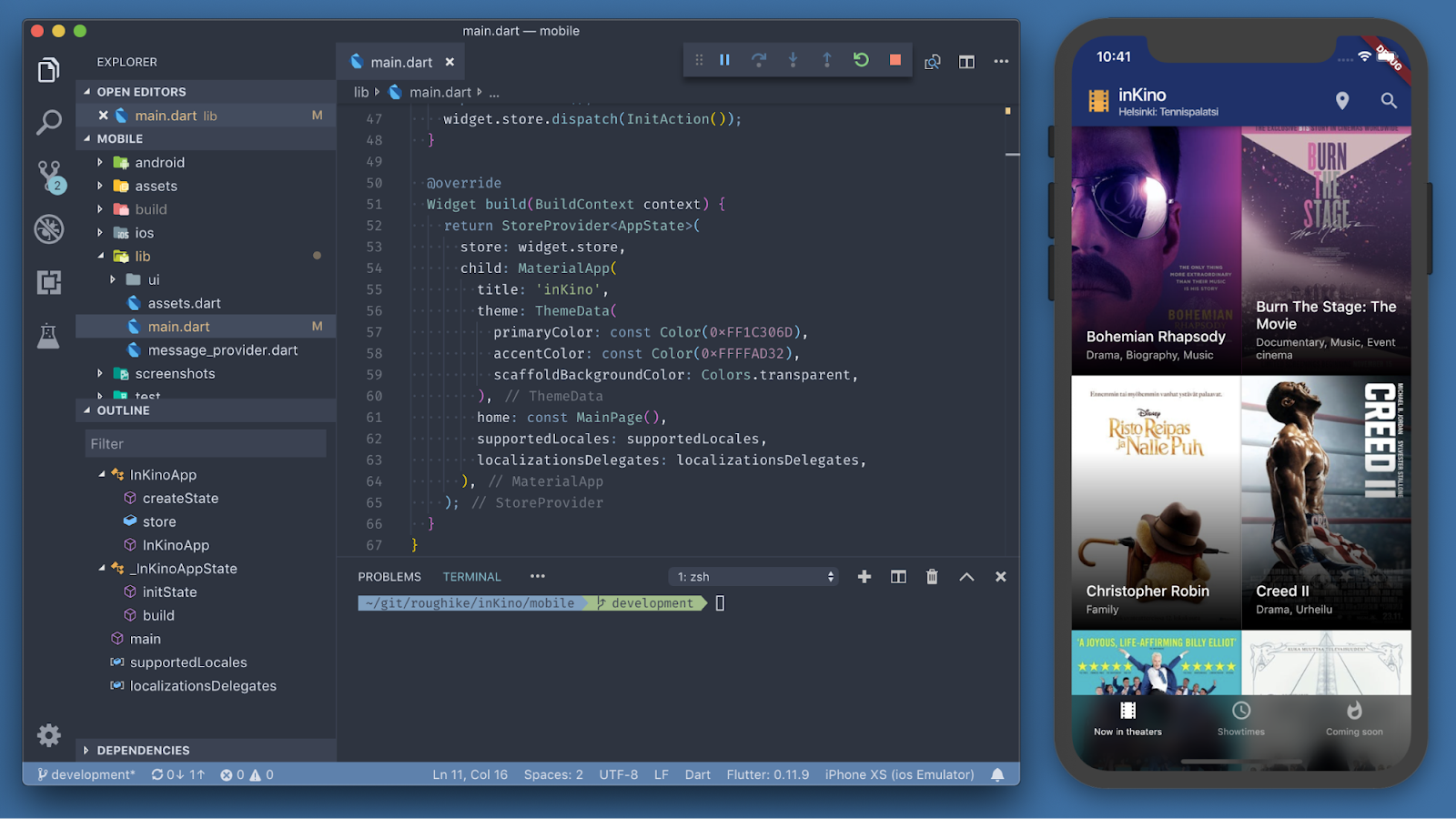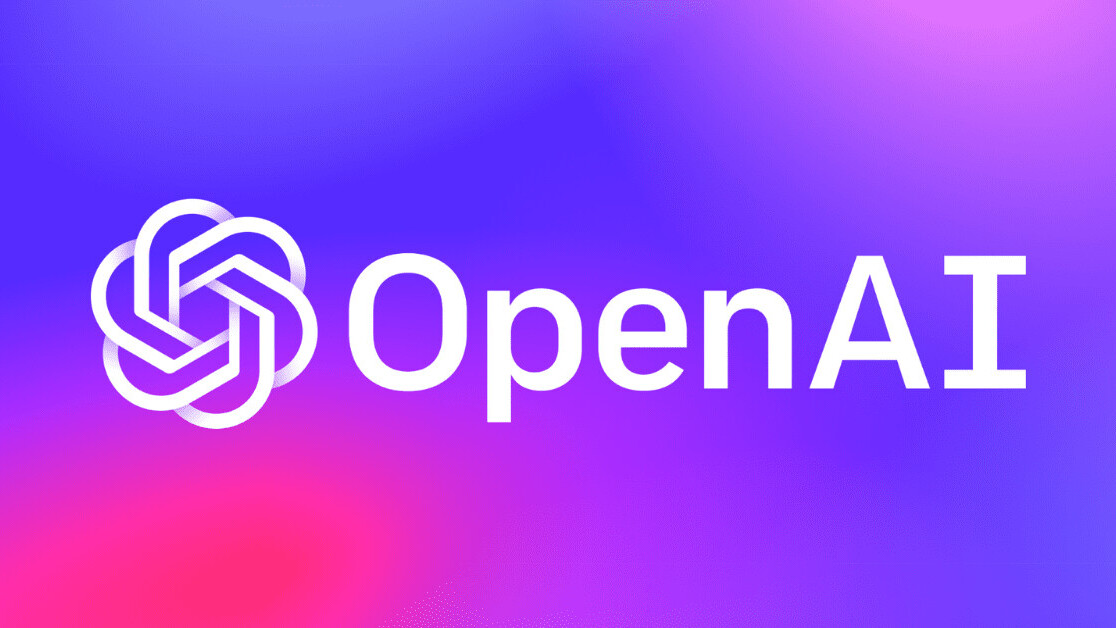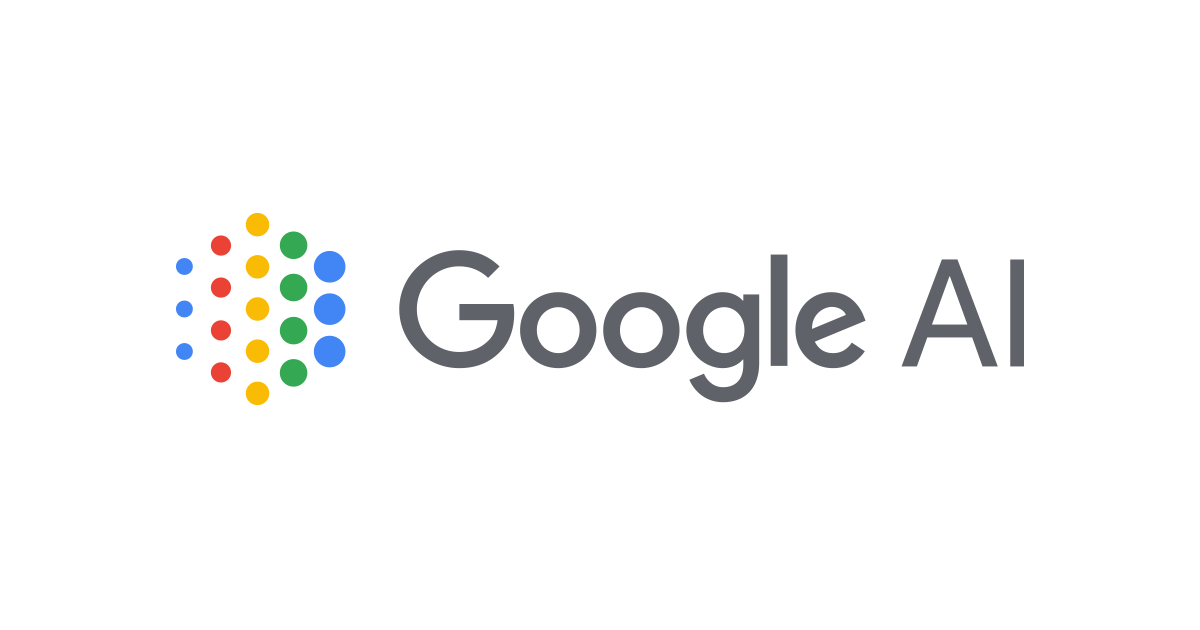Flutter is fast becoming one of the most popular frameworks for developing cross-platform mobile apps. Most Android and iOS developers today are starting to agree that it is a faster and more future-proof alternative to other cross-platform frameworks such as React Native and NativeScript.
Flutter is an open-source UI software development kit created by Google. It is used to develop cross platform applications for Android, iOS, Linux, macOS, Windows, Google Fuchsia, and the web from a single codebase. First described in 2015, Flutter was released in May 2017.
The first version of Flutter was known as "Sky" and ran on the Android operating system. It was unveiled at the 2015 Dart developer summit with the stated intent of being able to render consistently at 120 frames per second. During the keynote of Google Developer Days in Shanghai in September 2018, Google announced Flutter Release Preview 2, the last major release before Flutter 1.0. On December 4th of that year, Flutter 1.0 was released at the Flutter Live event, denoting the first stable version of the framework. On December 11, 2019, Flutter 1.12 was released at the Flutter Interactive event.
Dart platform
Flutter apps are written in the Dart language and make use of many of the language's more advanced features. While writing and debugging an application, Flutter runs in the Dart virtual machine, which features a just-in-time execution engine. This allows for fast compilation times as well as "hot reload", with which modifications to source files can be injected into a running application. Flutter extends this further with support for stateful hot reload, where in most cases changes to source code are reflected immediately in the running app without requiring a restart or any loss of state. For better performance, release versions of Flutter apps on all platforms use ahead-of-time (AOT) compilation.

Flutter engine
Flutter's engine, written primarily in C++, provides low-level rendering support using Google's Skia graphics library. Additionally, it interfaces with platform-specific SDKs such as those provided by Android and iOS. The Flutter Engine is a portable runtime for hosting Flutter applications. It implements Flutter's core libraries, including animation and graphics, file and network I/O, accessibility support, plugin architecture, and a Dart runtime and compile toolchain. Most developers interact with Flutter via the Flutter Framework, which provides a reactive framework and a set of platform, layout, and foundation widgets.
The Foundation library, written in Dart, provides basic classes and functions that are used to construct applications using Flutter, such as APIs to communicate with the engine.










Ronit Banerjee Reply
nice post . Thank you for posting something like this keep up the good work